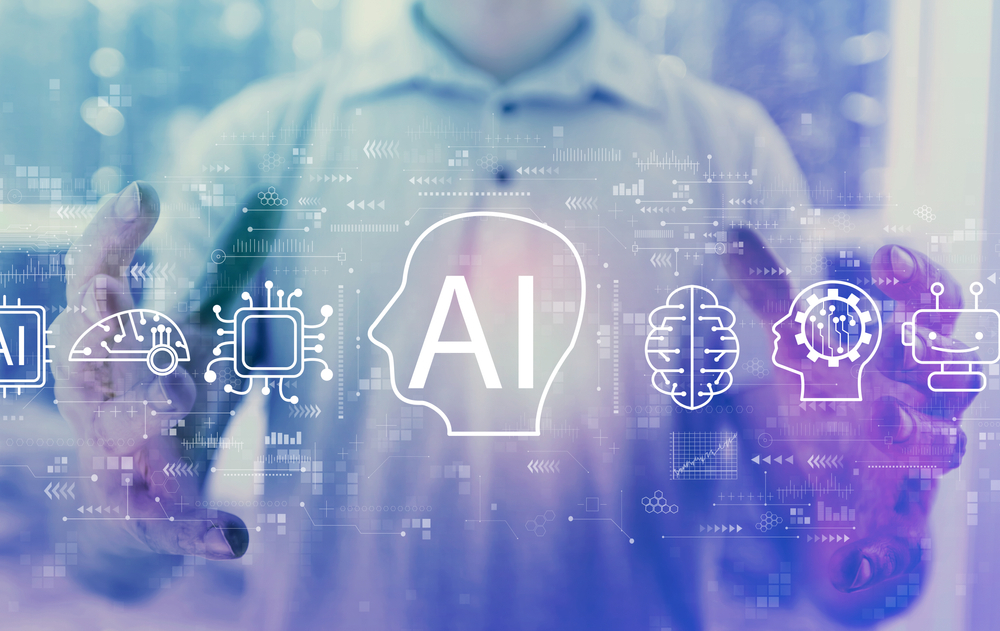
OpenAI has recently made headlines with the release of GPT-4, the latest model in their line of AI language processing products. This new release marks a significant step forward in artificial intelligence, with GPT-4 boasting a broader general knowledge and advanced text generation capabilities. Many experts are hailing this release as a breakthrough in the development of AI, with the potential to revolutionize a range of industries. In this article, we’ll take a closer look at what exactly GPT-4 is, how it differs from previous models, and what impact it could have on the future of AI technology.
What is GPT-4?
GPT-4 is a general knowledge model that can be used to answer questions about any topic. GPT-4 has two key features: it’s able to predict answers without needing to see examples of those answers beforehand, and it can also learn new concepts on its own as it goes along.
How Does GPT-4 Work?
GPT-4 is an AI system that can generate text. It’s a neural network, which means it’s built on the same principles as the human brain: layers of neurons that pass information between each other to make decisions about how to behave.
GPT-4 has three layers: an input layer (where you feed in your question), an output layer (where you get back your answer), and a hidden layer (the middle ground where all the magic happens).
In order for GPT-4 to generate an answer, these layers need data from both sides.
The first layer uses this information as input; then it passes along those values through its other two layers until they reach their final state–a single number representing what kind of answer would best fit into that situation.
Implications for General Knowledge Models
General knowledge models are a type of artificial intelligence that can learn, reason, and make decisions. GPT-4 is a general knowledge model that uses machine learning to solve problems.
It’s an improvement over previous versions because it can answer questions about things it hasn’t seen before. This means that GPT-4 has the potential to be used in many different industries–from healthcare to finance–and will improve our understanding of how humans think as well as help us build better systems for ourselves.
Applications of GPT-4
In this section, we will discuss the applications of GPT-4 and its broader implications for general knowledge models.
Natural Language Processing (NLP) is a field that deals with understanding human language in computers. Applications include machine translation, text summarization, question answering, and information extraction.
Machine Translation is a subfield within NLP that translates text from one language into another automatically. It has been used by Google Translate since 2006 and has improved significantly over time thanks to advances in deep learning techniques like neural machine translation (NMT).
Text Summarization is another subfield within NLP where large amounts of unstructured data are condensed into short summaries that humans or machines can read quickly without losing much information while maintaining their context through paraphrasing techniques such as keyphrase extraction followed by sentence compression using word embeddings such as Word2Vec.
Importance of GPT-4 in the field of artificial intelligence
The release of GPT-4 by OpenAI is an important development in artificial intelligence (AI). This new model is designed to be smarter and more capable than its predecessors, with a broader general knowledge that allows it to understand better and generate more complex text. This release’s impact on AI’s future cannot be overstated.
The importance of GPT-4 lies in its ability to process and interpret large amounts of data quickly and accurately. This makes it an ideal tool for various applications, from language translation and customer service to content creation and marketing. With GPT-4, companies and organizations can automate many tasks that were previously done manually, saving time and resources.
In addition, GPT-4 has the potential to improve the accuracy and efficiency of many AI applications. Its advanced text generation capabilities allow it to create more natural and human-like responses, making it ideal for use in chatbots, virtual assistants, and other AI-powered tools. This could lead to a more seamless and intuitive user experience, helping to drive the adoption of AI technology across various industries.
Overall, the release of GPT-4 is a significant advance in the field of artificial intelligence. Its broader general knowledge and advanced text generation capabilities have the potential to revolutionize the way we interact with AI-powered tools and applications, and its impact on the future of technology cannot be underestimated.
Advantages of GPT-4
GPT-4 is the latest iteration of the Generative Pre-trained Transformer (GPT) language model that has been making waves in the field of Artificial Intelligence (AI). It is a successor to the popular GPT-3 model, which has been praised for its ability to generate natural language text that is difficult to distinguish from text written by humans.
The advantages of GPT-4 compared to previous models are significant. Firstly, it boasts a much larger dataset than its predecessors, with over 13 trillion parameters. This means that it can learn from a vast amount of text data, resulting in better natural language processing and text generation capabilities. Additionally, GPT-4 is expected to have a higher level of accuracy and a better understanding of context, which will make it more effective in applications such as chatbots and automated writing.
Conclusion:
OpenAI’s announcement of the upcoming release of GPT-4 marks a significant milestone in the development of artificial intelligence. With its enhanced processing power and broader general knowledge, GPT-4 has the potential to revolutionize the way we interact with AI technology. As we move into a future where AI plays an increasingly important role in our lives, it is exciting to see the potential for advancements in this field. OpenAI’s commitment to pushing the boundaries of AI technology is inspiring, and we can’t wait to see what the future holds for GPT-4 and beyond.


[…] business world, it’s important to stay ahead of the competition. Artificial Intelligence (AI) tools are one way to do this. These tools can help businesses operate more efficiently, make better […]